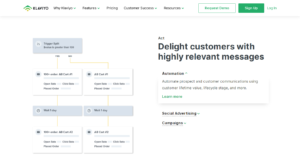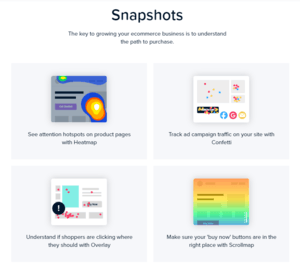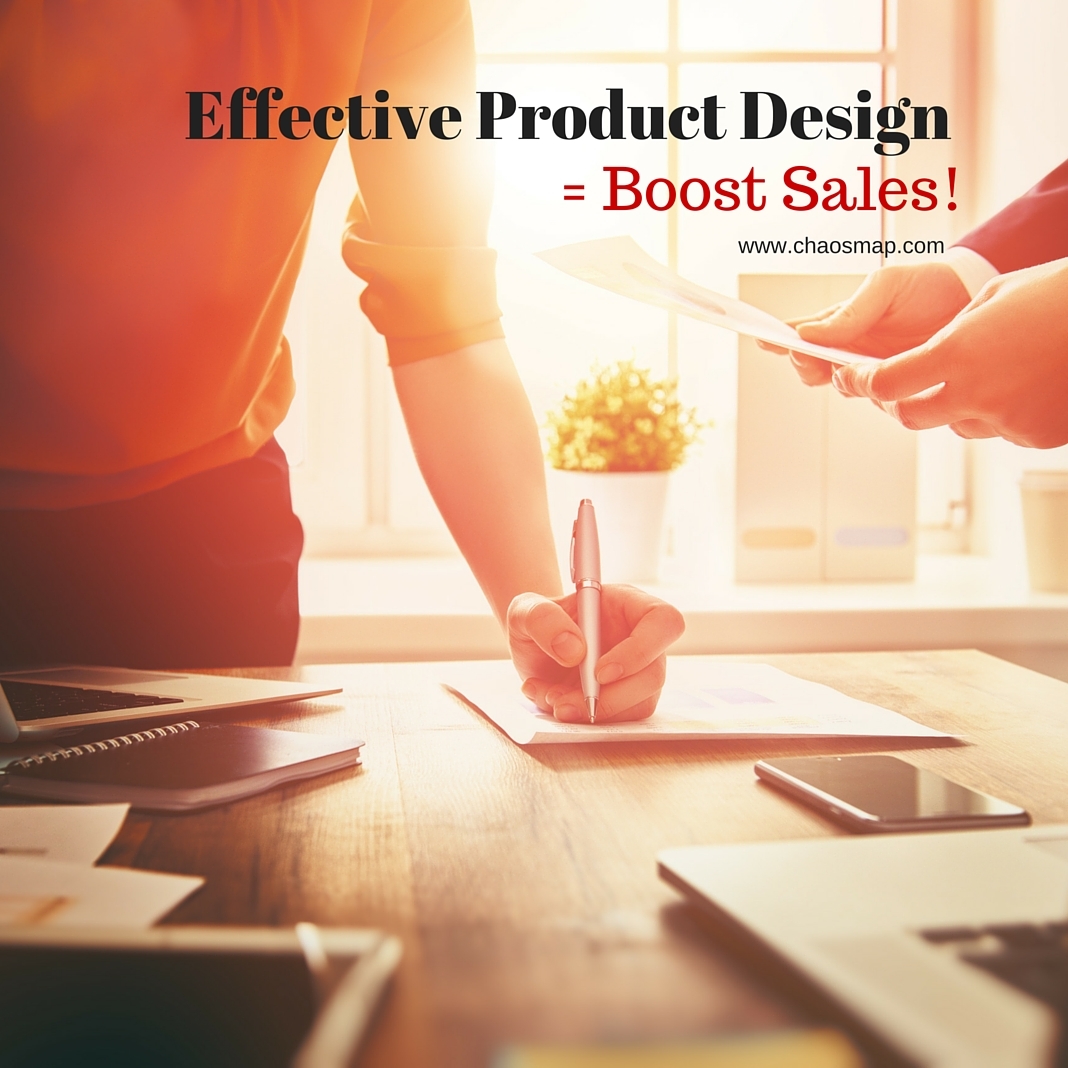Only 3 percent of your ideal customers are actively searching for your product, or are in an active buying mode, according to the author of the Ultimate Sales Machine, Chet Holmes. (Note: you should get this book on audible and listen to it now!)
For both large and small business, this means that you need to constantly come up with new and creative ways to sell your company’s offerings and try to weed out the other 97%.
Naturally, this can get quite expensive, because “everybody” wants them, and so SEO, PPC prices go up, and hungry marketers will do anything (even use stupid, shady tactics) to get attention and grab marketshare.
Education-based marketing is a growing solution that is seeing brands provide more information and knowledge surrounding their products and services.
The aim is to sell the solution without explicitly selling it. It will more naturally repel the people not interested, and draw your warmer audience in.

Not convinced?
Here are three reasons why education-based marketing is becoming more effective as a sales strategy.
1. You don’t come across as sales-aggressive
It’s a common trait to get frustrated with salesmen they can come off as pestering, money-hungry people with dishonest motives.
And once that reputation is established, it can be hard to shake.
However, with education-based selling, the sales strategy is so well disguised under the wealth of knowledge you’re providing, customers often come to a purchasing decision on their own, without feeling bothered by sales tactics.
Apple Rubber, for example, provides consumers with information on o-rings, including content about their function and what makes them so useful.
Without any aggressive advertising or promotions, the o-rings ultimately sell themselves by showing the consumer why they need them (and they do it in a fun, interesting and useful way!)
2. You establish yourself as an authority figure
Rather than providing your customer base with blanket statements about how great your product is and then asking them to trust you, you should establish yourself as an expert first.
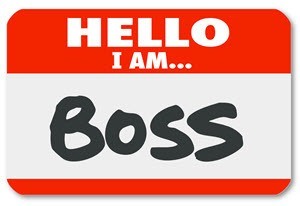
By educating your potential and loyal consumers, you are communicating that you have a lot of knowledge about the industry and know what you’re talking about.
From there, when you tell them that your product is worthwhile, it holds more weight in the consumers’ eyes and selling becomes that much easier.
Not only will audiences begin to trust your word, but they’ll learn to rely on your expert opinion, creating a much deeper relationship with your customers and making the sales process long-term and efficient.
3. You’ll build your brand personality and provide extra value
These days, with social media marketing becoming such a major facet of any business strategy, consumers are looking for something more from brands over and above what they sell they’re looking for a personality they can relate to.
How about Jon’s podcast? (it’s FREE to listen)
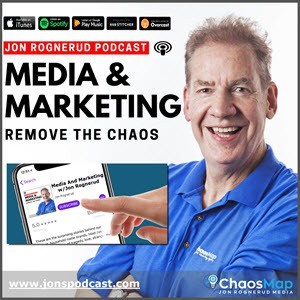
Education-based marketing is another addition to the strategy of displaying a brand personality, as it gives your company a voice, an opinion and an excuse to communicate with your customers.
Whether it’s:
- blogs
- seminars
- videos
- podcasts
- online webinars
- or events
…the education you provide to your audience is a value-add that can set you apart from your competitors.
Ultimately, in your consumers’ eyes, you’re not only the brand that sells that one product, you’re a unique and engaging entity that contributes to the conversation.
Education-based marketing is an effective method that draws customers in for the long-term.
By eliminating the negative connotations around selling, education-based marketing provides your audience with something extra and allows your products to sell themselves.


